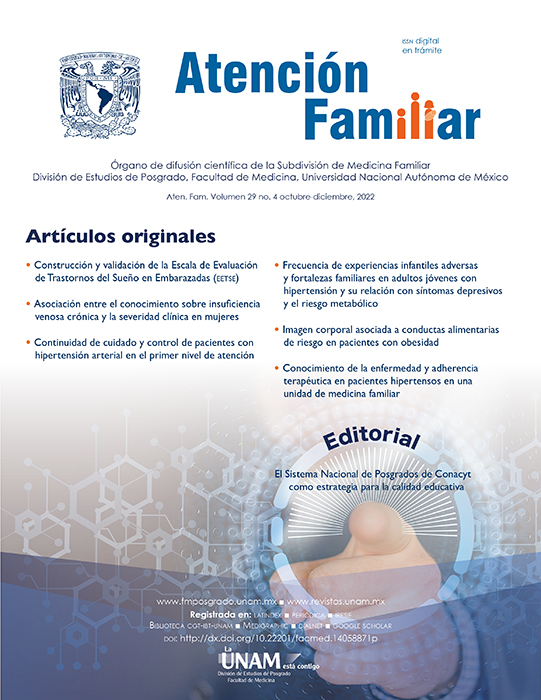Management of Patients with Medically Unexplained Physical Symptoms (mus). Part I
Main Article Content
Abstract
Patients with “medically unexplained physical symptoms” (mus) are frequent in the medical office; these patients go for consultation due to nonspecific symptoms, of uncertain etiology, without a defined clinical picture, normal physical examination for their complaint, and laboratory and imaging without abnormalities. The approach to a patient with MUS can be a challenge, causing frustration in the physician and dissatisfaction in the patients; it implies higher costs of care and saturation of health services. There are several non-pharmacological interventions that have shown to be useful. The family physician must acquire certain skills to care for these patients. In this review, the stages are orderly described for the approach to mus patients, such as:
1. What to do? Work on symptom reattribution. Establish connection: between stressful event and non-specific symptom(s). 2. How to do it? Implement an approach guide: perceptual and executive skills of the professional treating. 3. When to do it? (timing). Training in symptom reattribution practice; insight; mindfulness. It is essential that patients understand how psychological problems produce somatic symptoms, it should be assessed if the patient is ready to admit it and work on their source of stress or stressful event, also the patient’s family should be assessed.
Downloads
Article Details

This work is licensed under a Creative Commons Attribution-NonCommercial-NoDerivatives 4.0 International License.
